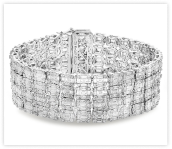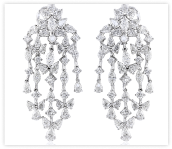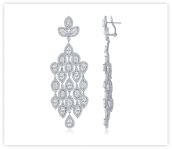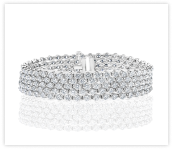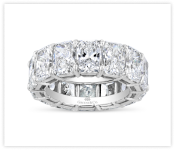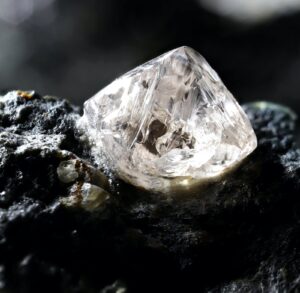Technological strides have revolutionized the diamond industry, enhancing processes and expanding possibilities. In this blog post, we’ll explore the fascinating realm of modern diamonds, where technology and innovation have brought new dimensions to the industry.
Precision in Cutting and Polishing:
- Traditionally, diamond cutting and polishing were intricate and labor-intensive tasks. Today, advanced machinery and computer-assisted design (CAD) software have transformed this process. Laser cutting, high-precision tools, and 3D modeling have elevated the accuracy of diamond cutting, producing gems that maximize brilliance.
Diamond Imaging and Mapping:
- Advances in imaging technology have allowed gemologists to view diamonds in unprecedented detail. Technologies like photoluminescence and infrared spectroscopy help identify and map a diamond’s internal and external characteristics, aiding in the assessment of quality, origin, and authenticity.
Blockchain for Transparency:
- Blockchain technology has made its way into the diamond industry, enhancing transparency and traceability. By recording a diamond’s journey from mine to market on a secure and immutable ledger, consumers can gain insights into the diamond’s origin, ethical sourcing, and quality.
Virtual Try-Ons and Custom Designs:
- Virtual try-on tools and augmented reality platforms enable customers to visualize how a specific diamond or piece of jewelry would look on them. Additionally, custom design software empowers customers to create their dream diamond jewelry, tailoring every aspect to their preferences.
Laser Inscription and Personalization:
- Laser inscription technology allows diamonds to be discreetly engraved with personalized messages, identification numbers, or symbols. This serves both sentimental and practical purposes, enhancing the emotional connection while also facilitating diamond identification and traceability.
As the industry continues to evolve, technology will undoubtedly play a central role in shaping the future of diamonds, ensuring that their timeless beauty remains accessible and relevant in the modern world.



